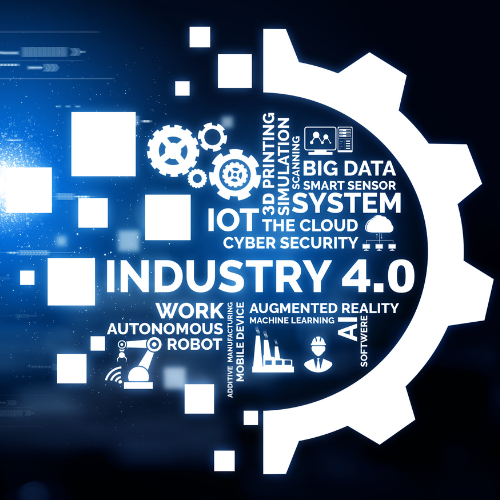The next industrial revolution

Smart Manufacturing
Smart: Mobility, Logistics, Buildings, Product, Grids.
The fourth industrial revolution is underway! Following the rise of the steam engine, electricity, and automation, this technological revolution is based around interconnected, communicating resources and data analysis.
Industrial processes will be overseen and configured via so-called “connected” objects, which contain information and interact with each other. What is conveyed from the actual situation in the field to the information system is therefore reliable, exhaustive, and automated, regardless of the stage in the process. Connected objects also provide cross-cutting visibility to the company’s different levels of management.
These connected objects, referred to as the “Internet of Things”, are set to grow exponentially in the coming years, and now is the time for all manufacturers to integrate this new dimension into their business model.
New Values
Manufacturers using NEXESS solutions connect their physical equipment, tools and devices by means of a wireless transponder (RFID) attached to or built into these objects. What is conveyed from the actual situation in the field to the information system is therefore reliable, exhaustive and automated, regardless of the stage in the process, and can be accessed by the company’s different levels of management.
In industry, connected objects provide new value to manufacturers, by connecting:
People
Connected objects provide a level of industrial visibility and information never before achieved in manufacturing, assembly, maintenance, or logistics operations. By sharing all this information online, connected objects allow the different strata of the company, suppliers, maintenance companies, and even distribution channels to access the right information, from any mobile device, at any time and from any location.
Business processes
In industry, connected objects make it possible to create a link and continuity between the company’s different processes, from logistics to maintenance interventions and production.
For example, UHF RFID tags (wireless transponders) can be placed on spare parts. In the event of maintenance work, this RFID tag solution enables awareness of their availability and location in real time (for logistics purposes) from PDA-type wireless mobile terminals. This link between processes enables the company to save tens of thousands of euros.
Data
Connected objects facilitate the deployment of mobile and connected industrial devices (PDAs, Smartphones, Tablets), making it possible not only to interact with them but also to connect them to each other. These connected mobile devices collect and generate contextual data related to objects. This data is then processed by cross-functional software platforms hosted on the company’s information system or available in SAAS (cloud) mode, opening up wider access to the data.


 Français
Français